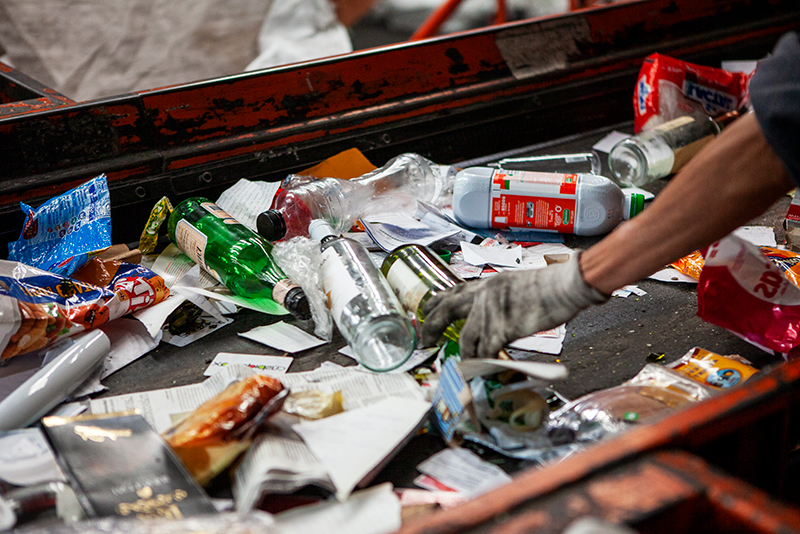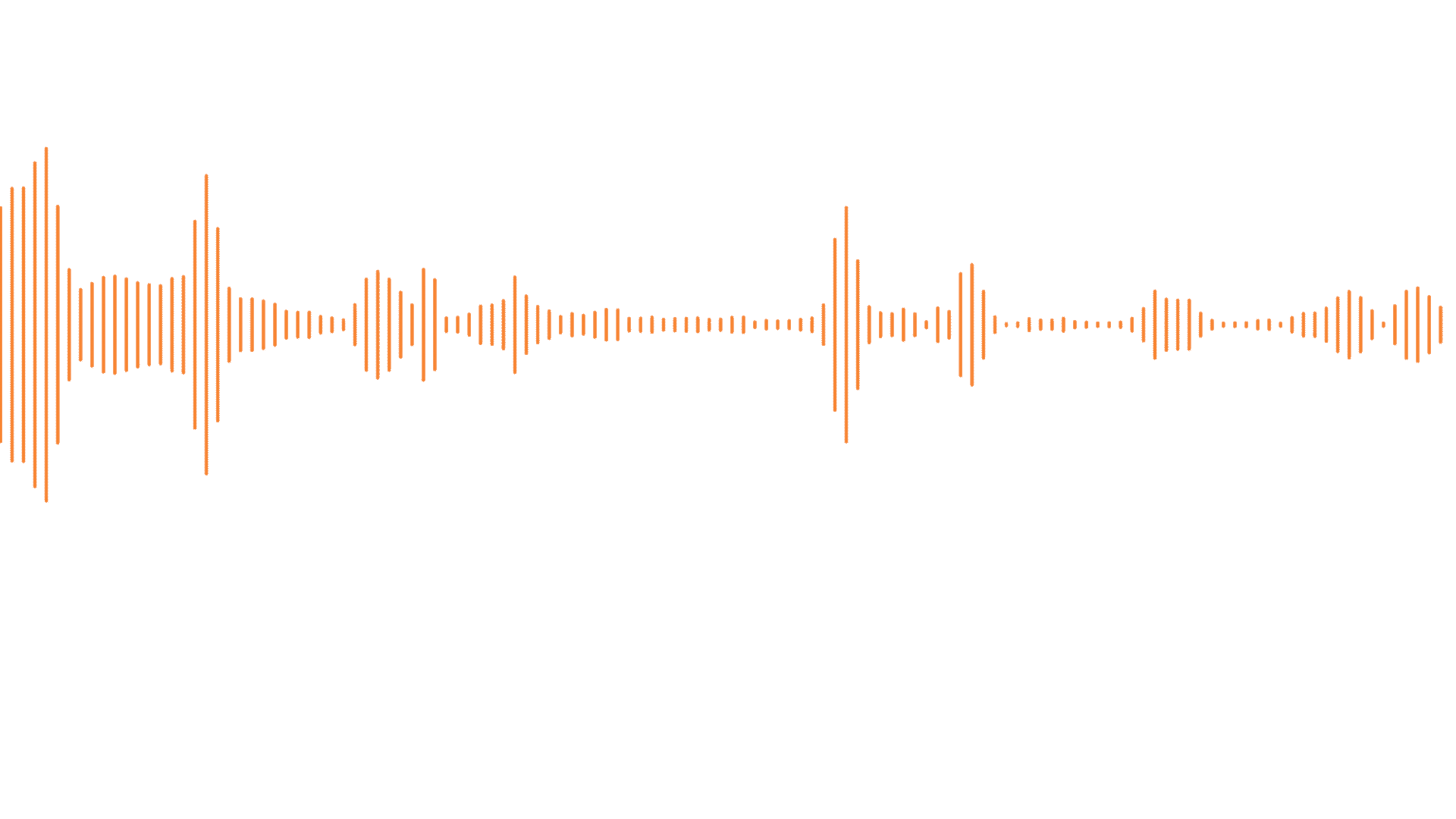Hearing Protection and Communications Solutions for Recycling & Solid Waste Workers
When considering the high noise sources in solid waste and recycling collection, or recycling centers there are many contributing and unpredictable factors in daily operations. When collecting waste and recyclables, workers encounter high-noise levels as they empty recycling bins and dumpsters into the hopper or operate the packer blade that compresses waste from the hopper.
Most Material Recycling Facilities (MRFs) have processes that produce noise that exceed OSHA-approved 85 dB(A) levels, including shredders, granulators, picking lines, separators, bailers, sorting and screens that emit harmful noise levels that can negatively impact worker’s hearing.
A recent study of refuse collection and recycling of glass bottles had some of the highest noise levels ranging from 108-131 dB(A), with personal noise exposure levels of about 100 dB(A) on the high end of the results. Another study showed when glass hits glass on refuge pickup from plastic wheeled bins being emptied, extremely high noise levels are emitted.

A recent study of refuse collection and recycling of glass bottles revealed noise levels ranging from 108 to 131 dB(A). Another study showed extremely high noise levels when glass hits glass during receptable emptying resulting in peak noise levels above 140 dB(A).
Like many occupational injuries, work-related hearing loss is preventable when controls are implemented, proper protection is provided and required standards are followed.
While multiple hazards exist for sanitation workers on the job, noise and hearing loss are not considered as critical as other dangers like slips, trips, and falls. Because hearing loss is more gradual and not typically immediately noticeable, it is rarely recognized like other injuries.
Hearing damage is preventable, but it cannot be undone. There is no surgery or cure for noise-induced hearing loss. Repeated exposure to high noise levels, such as working near shredders, granulators, picking lines, separators, bailers, sorters, and screens can all lead to permanent hearing loss or tinnitus.
Hearing Protection Headsets and Noise-Cancelling Communication Headsets for Sanitation and Recycling
Reducing high-noise levels to safer decibel dB(A) levels to protect workers is only part of the mission at Sensear to keep workers safe on the job. In addition to our industry-leading noise-reduction headsets, we also provide workers with 360° situational awareness of their environment.
Sensear’s range of Two-Way Radio and/or Bluetooth® Wireless Technology Headsets and Earplugs are powered by groundbreaking SENS® (high noise communication) Technology that elevates speech and suppresses dangerous background noise, so workers can hear speech and stay protected in high-noise environments. The result is increased job site safety with enhanced communications and vital 360° situational awareness.
Workers can have seamless conversations whether they are face-to-face, connected via short range, or on their two-way radio or Bluetooth® wireless technology enabled devices, all while protecting their hearing using high-quality, noise-canceling headsets. Sensear headsets also provide protection and clear communications between workers when working on sanitation trucks in the field or at the recycling center sorting and shredding materials.
Heavy-Duty Headsets for Hearing Protection and Communication
Sensear offers a variety of headset solutions to provide the best protection so your workers can communicate clearly and safely, including dual-protection headsets where exposures may exceed 95 dB(A). Sensear offers the perfect solution to protect hearing for recycling and sanitation workers.
With some of the best hearing protection solutions for recycling and solid waste applications, Sensear is solving high-noise communication problems for many of the world’s leading companies.



-Jun-27-2023-02-53-41-2583-PM.png?width=350&height=351&name=SM1R%20(350x351)-Jun-27-2023-02-53-41-2583-PM.png)
-4.png?width=350&height=351&name=SM1P%20(350x351)-4.png)
-1.png?width=350&height=351&name=SM1PBIS02%20(350x351)-1.png)
.png?width=350&height=351&name=smartPlug%2002%20(350x351).png)
